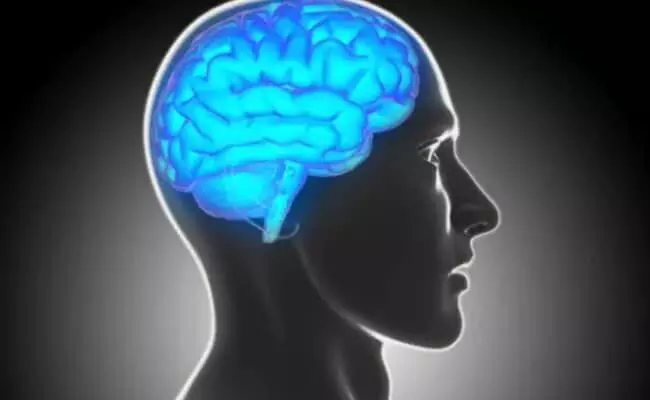
Research shows after mental workout brain may flush out toxins
text_fieldsNew research provides some guidance on how to remove brain toxins. According to Laura Lewis at Boston University in Massachusetts and New Scientist, the research raises the possibility that by focusing on highly intense visual stimuli, individuals may be able to purposefully remove waste materials from their brains.
After the prolonged neural activity, the brain's waste removal mechanism may activate. Although earlier research suggested that the brain may remove toxins while you sleep, NDTV reported.
Edoardo Rosario de Natale at the University of Exeter in the UK told New Scientist, "The real surprise was that they found it in awake people."
The glymphatic system, which was found in 2012, is the brain's system for getting rid of waste by pumping cerebrospinal fluid (CSF) into the brain and removing it.
According to animal studies, the fluid can clear out waste products like dangerous substances like beta-amyloid and alpha-synuclein, which may be connected to Parkinson's and Alzheimer's diseases.
The team of Ms Lewis used a variety of equipment, such as magnetic resonance imaging machines already in use and scanning methods.
Twenty volunteers were asked to view a screen inside the scanners that showed a pattern known to stimulate the brain's activity greatly: a flickering black-and-white spiral checkerboard. According to New Scientist, the display was on and off for about an hour at 16-second increments.
Ms Lewis's team used a variety of instruments, such as scanning methods and pre-existing magnetic resonance imaging machines, to study the brain's waste disposal system.
Twenty volunteers were asked to view a screen inside the scanners that showed a pattern known to stimulate the brain's activity greatly: a flickering black-and-white spiral checkerboard. According to New Scientist, the display was on and off for about an hour at 16-second increments.
Volunteers' blood flow increased after the pattern was revealed. According to the research, when the screen went dark, blood flow decreased and CSF flow increased into the brain.
Stephanie Williams, one of the team members at Boston University said, "It's still an open question whether the fluid goes directly into the brain tissue or if it sloshes around in the ventricle. But we definitely think that it has an effect on the fluid in the rest of the brain."
"We're very interested now to understand the effect of these changes in fluid flow and how it intersects with brain health," Ms Lewis said.
























